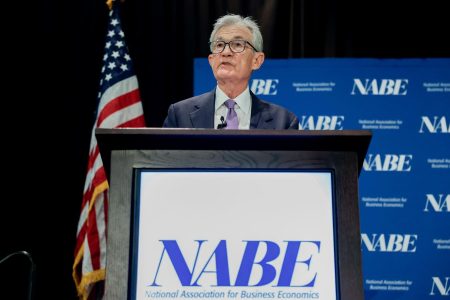Arbitrage is the process of taking advantage of a price difference in different markets in order to earn a low-risk profit. In the classic example, an investor buys the asset in the lower-priced market and sells it in the higher-priced market. More likely than not, the price difference is small. But when multiplied by a high volume of trades or shares, it can become substantial enough to allow investors to turn a profit. Hedge funds and other sophisticated investors often use arbitrage to make low-risk profits.
How does arbitrage work?
At its core, arbitrage is a low-risk strategy to earn a short-term profit. With arbitrage, traders are not wagering on an asset’s price moving in a specific direction. Instead, they’re simply betting that they can realize a profit when two asset prices converge. If you can buy at a low price in one market and then immediately sell at a higher price in another market, you’re taking only minimal risk. For the purposes of arbitrage, where the price moves in the long term is irrelevant.
Arbitrage is important for narrowing the price differences between identical or similar assets — typically stocks, commodities and currencies. Arbitrage helps to make the financial markets more efficient by eliminating price differences among markets.
Arbitrageurs typically trade a substantial amount of money and require sophisticated software to identify and act on split-second opportunities. Because the spreads on these transactions are usually tiny, high volumes are required to generate enough profit. Therefore, it’s primarily employed by hedge funds and other institutional investors with a lot of money. Individual investors may not have the resources to make it a viable strategy.
Is arbitrage illegal?
No. In fact, arbitrage helps eliminate market anomalies, meaning it helps with market efficiency.
What’s an example of arbitrage trading?
Let’s say you’re interested in FakeName Company. Its stock is selling for $371.00 on a U.S. stock exchange and at 275 pounds on the London Stock Exchange. Assuming an exchange rate of 1 pound to $1.35, the 275 GBP is worth $371.25.
By buying on the U.S. stock exchange, immediately selling on the London Stock Exchange and converting the proceeds to dollars, you gain $0.25 per share. Congratulations — you just engaged in arbitrage and made a profit.
While this is one of the simplest ways to illustrate arbitrage, few companies are listed on more than one exchange.
Types of arbitrage
There are a number of different types of arbitrage strategies, including statistical, triangular, cash-and-carry, futures spread and retail. Below we’ll cover two common types: risk (or merger) arbitrage and convertible arbitrage.
Risk (merger) arbitrage: The most common type of arbitrage involves buying stock from a company that’s the subject of a takeover bid and then selling it when the deal closes. This is otherwise known as merger arbitrage because it’s based on the assumption that the merger or acquisition will go through.
For example, Bank A is set to be acquired by Bank B for $25 per share in three months. Right now shares can be purchased in the market for $24.25. So an arb can buy the stock and realize a $0.75 gain in three months when the acquisition closes.
Sometimes an acquisition is done with a stock instead of a cash buyout. For example, Bank B may offer two shares of its stock in exchange for every share of Bank A. So the arb would buy one share of Bank A and sell two shares of Bank B. When the deal closes, the trader receives two shares of Bank B and the trader’s short position of two shares is closed automatically. The trader realizes the spread between the prices.
Convertible arbitrage: Convertible arbitrage refers to trading convertible bonds, also called convertible notes or convertible debt. A type of fixed income security, convertible bonds can be converted into stock at a specified ratio.
Here an arb takes advantage of the difference between a bond’s conversion price and the current price of the underlying company’s shares. If the bond is undervalued, the trader would take a short position on the stock and a long position on the bond. Or the trader would buy the bond and immediately convert it into stock, then sell the stock. Conversely, if the trader thinks the bond is overvalued, they could take a long position on the stock and a short position on the bond.
How is arbitrage different from speculation?
While arbitrage involves taking advantage of a price differential, speculation is a type of investment strategy in which investors bet on the future value of assets. In other words, those who speculate on an asset predict that its value will rise at some point in the future. They buy it today at a lower price in the hope of selling it later for a profit. In contrast, arbs are typically interested in prices converging rather than moving in a specific direction.
However, unlike arbitrageurs, speculators don’t necessarily have a guaranteed return and may even lose their investments if their predictions prove inaccurate. Speculators rely on their own skill and judgment in analyzing an asset and estimating its future value.
Bottom line
While the idea of arbitrage seems appealing, it’s really only an option for traders or investors who have substantial amounts of capital and high-speed resources. Most opportunities for arbitrage disappear quickly, especially with the current all-digital form of trading.
Why we ask for feedback
Your feedback helps us improve our content and services. It takes less than a minute to
complete.
Your responses are anonymous and will only be used for improving our website.
Help us improve our content
Read the full article here









